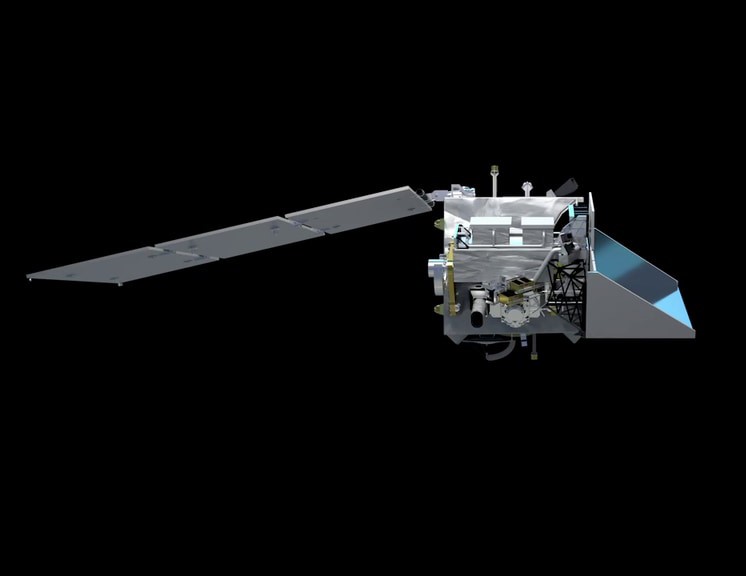





Source: NASA
Disclaimer: Copyright infringement not intended.
Context
Details
Scientific Instruments
Mission Launch and Operations
Significance of Data
Conclusion
Sources:
|
PRACTICE QUESTION Q. PACE Mission marks a significant milestone in Earth observation, offering transformative insights into ocean health, atmospheric dynamics, and climate variability. Comment. (250 Words) |






© 2025 iasgyan. All right reserved